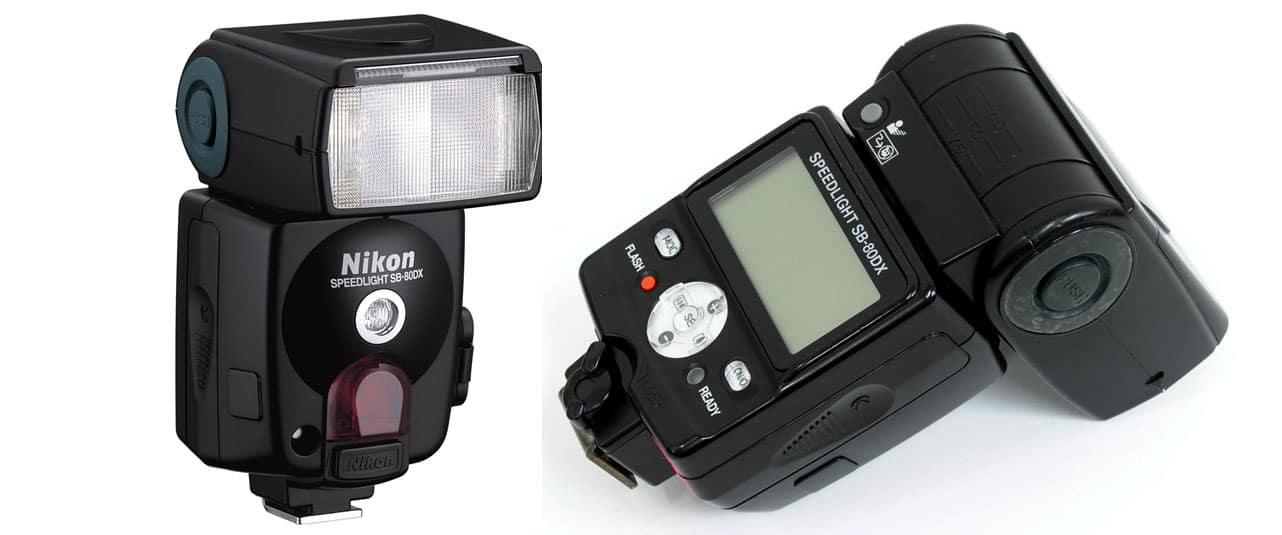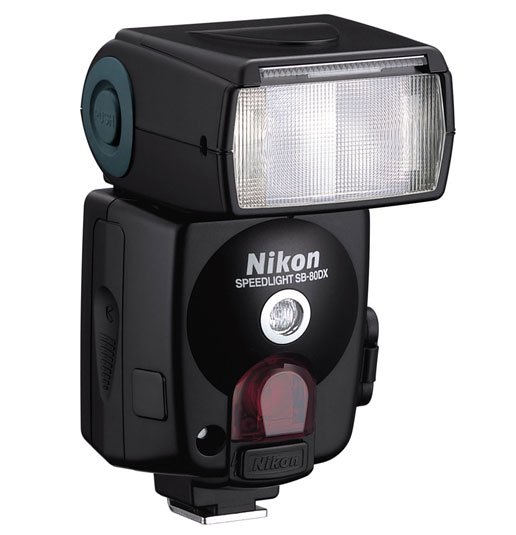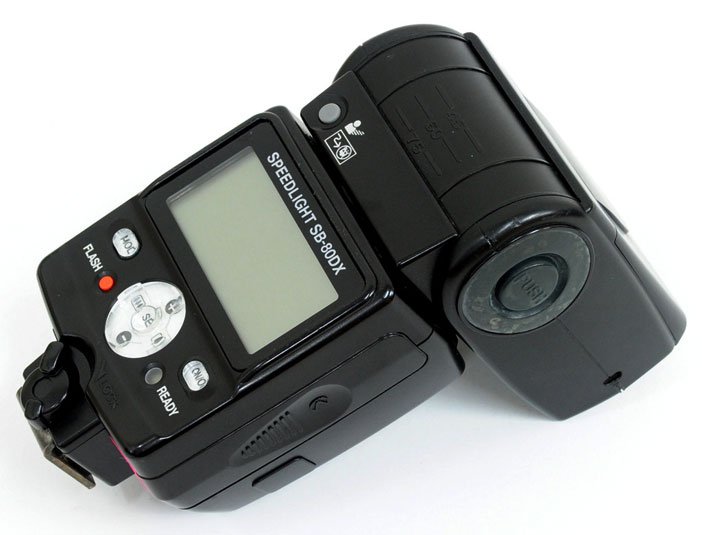Nikon SB-80DX,….Somewhat Compatible
If you want a techie review for the Nikon SB-80DX, go over to the Nikon Malaysian site. (mir) This is just a simple opinion about why I use what I do. Second, for the Canon, Pentax, etc. guys, real reviews are upcoming from some very knowledgeable guest bloggers, but since I don’t actually use those brands, my opinion would mean less than nothing.
People see me using the Nikon SB-80DX, (and SB-27 and SB-26), on a Nikon F4s and Nikon D3 and are always asking me,….Why not just get an SB-900? Or use an iTTL SB-800? If you’re trying to match that era Speedlight to your F4s, why not the SB-24 or SB-26? (actually, the SB-24, SB-25, SB-26 and SB-28DX are just fine, but…) So, I’ll try to answer those questions,…but remember, my answers may seem stupid to you. However, there is a method to my madness.
First. the SB-24 was actually the matching Speedlight for the F4s, but it’s just a little weaker in GN. The SB-26 and SB-28 are good, but they both are missing the newer type flip lock switch. You know, the one that Canon has now copied. The SB-800 to 900, (and beyond), are the awesome i-TTL models. But, an F4s doesn’t use i-TTL, so to pay the extra money would be a waste. i-TTL was really designed for digital cameras. And I’ve never used TTL.
So, basically, the SB-80DX has high GN, the more modern locking switch, and works perfectly well on an F4s. (and my Nikon D3,… minus TTL of course) Plus AF assist and +/-3EV adjustment and metal hot shoe foot.
And nobody wants them, so they are relatively cheap. And I’m cheap. (uhhh…’practical’) We’re a match made in heaven. Plus, I almost exclusively use “Auto” flash on strobes anyway. And despite everyone’s insistence otherwise, auto thyristors work just fine, and don’t have those annoying pre-flashes. And just to prove I’m not a total luddite, I use an iPhone app for my lightmeter. I also use the SB-27, on ‘Auto”. (when not using a bracket,to get the light close to the lens axis) Actually, a lot of professional photographers’ shoot in manual or auto. Yes, a lot don’t.
Compatibility
The Nikon SB-80DX provides compatibility with D-TTL and 3D Multi-Sensor Balanced Fill-Flash control, and offers features such as a tilt-rotate Incremental Auto-Zoom Head – automatic power zoom changes the zoom-head position incrementally to match the lens with focal length from 24mm to 105mm , a built-in wide flash adapter for 14mm wideangle lens coverage, GN 38/125 (ISO 100, m/ft. at 35mm), flash coverage up to 105mm in 5mm zoom steps and an AF-Assist illuminator. In addition, the SB-80DX enables modeling flash and a built-in wireless slave flash, and a new dedicated soft dome has been provided to create soft(er) lighting. And a metal hot shoe. (oh, said that already) Plus, all the other goody hookups of much newer flashes. (multiple flash terminal, sync terminal and external power source connector)
Further, 8 Built-in Custom Settings lets you customize SB-80DX to your way of shooting and a Standby function that permits adjustment settings from 40 seconds to 300 seconds, providing power-saving control during multiple-flash photography. Lastly, it also features an expanded flash compensation (compensation control from +3EV to -3EV in 1/3 EV steps) and a built-in modeling flash that provides a visual confirmation that lets you preview shadows before photo is taken. (and if you’re shooting digital, you can see it anyway) Now, I’m not telling people to do what I do. To each his own. Some people are working so fast, (weddings, sports???), that they may require i-TTL or e-TTL. Or, maybe red-eye is a constant issue for you. Me,…I prefer people not get to react to a pre-flash, or have to address pre-flash triggering other strobes. (yes, I know how to prevent my lights from triggering,…just not other peoples lights) And Yongnuo and other 3rd party strobes are (mostly) poorly built. I’ve had the same Nikon strobes with zero issues for many years. Even after dropping them multiple times. I assume the same can be said for Canons.
Guide Numbers
P.S. Nikon has always done their Guide Numbers at 35mm. So at 105mm, which is where most companies measure from, it’s about 190 in feet. I think they’ve since changed to compete with the Canons, Sony’s, etc. It just looks like a higher GN to the average consumer. If you go to the compatibility chart, you’ll be able to see if your camera is good to go. Actually, they all are,…just some don’t have use of TTL. Yes, the Nikon FM3a and F6 both are TTL compatible with the SB-80DX.

*** One caveat, ( see Nikon F4s review for serial numbers)…only the later F4s’s have the hole in the hot shoe for the locking pin. So CHECK FIRST! But the F5’s and F100’s have that locking pin hole. (as do all digital Nikons) Although mine sits on a CB Mini RC bracket, and the cord hot shoe has the hole, so it doesn’t matter to me. And for you digital guys,….uhhh, you have a screen and histogram showing exposure. While E-TTL and i-TTL does work well, (but has a pre-flash), it is NOT required for 99% of photography. (my opinion) Oh, BTW,… this flash works awesomely on medium format cameras, too. SB-80DX
Manual
Compatibility



